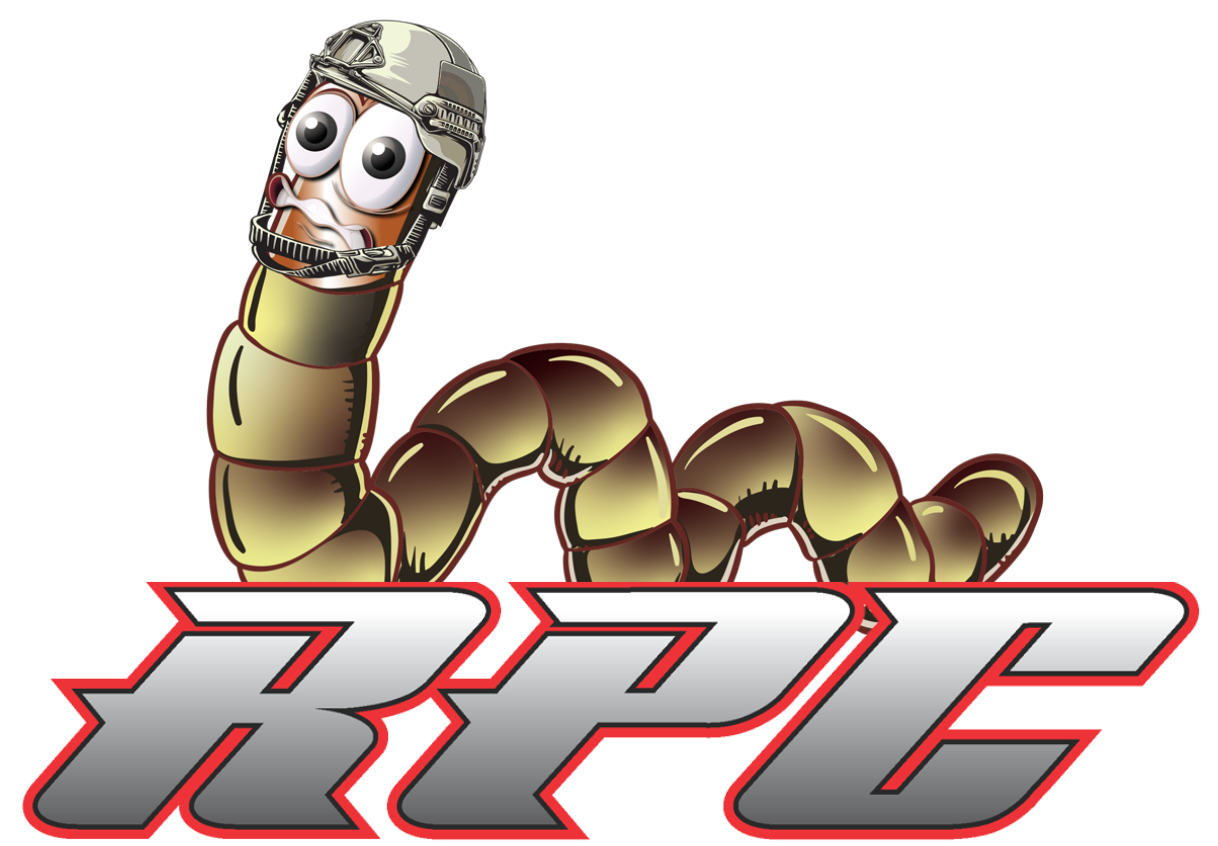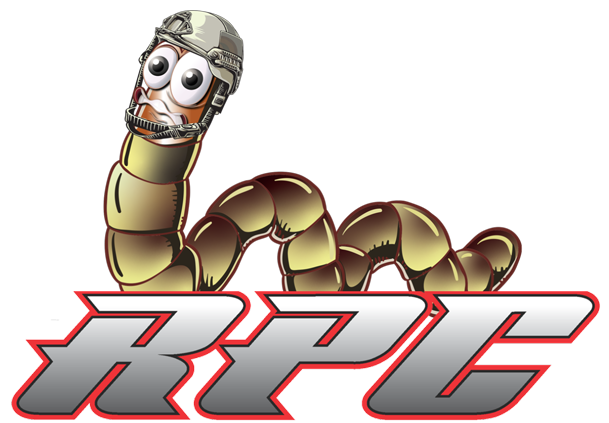Weeds are more than just unsightly intruders—left unchecked, they can quietly choke the life out of your yard, your landscaping investments, and even the health of your soil. And in the warm, moisture-rich environment of Central Florida, weeds don’t need an invitation to take over. They’re opportunists, thriving in lawns, flower beds, walkways, and any crack they can sneak into. Over time, their presence can lead to the degradation of your property’s appearance, harbor pests, and even spark plant diseases that spread to your preferred greenery.
What catches many people off guard is how quickly these invasive plants adapt and multiply. A few small sprouts can evolve into a tangled mess before you know it. The longer they’re left alone, the deeper their roots burrow, making them tougher to eliminate and more disruptive to your existing vegetation. It’s not just about pulling them out when they appear; true control means disrupting their growth cycle, discouraging regrowth, and fortifying your landscape’s natural defenses. That’s where professional control steps in—not as a one-time fix, but as an ongoing strategy tailored to your specific environment.
Understanding The Problem In Central Florida
The climate in this part of the country makes weed control uniquely challenging. High humidity and long growing seasons give a leg up to invasive species that many other regions don’t have to deal with. From broadleaf weeds like dollarweed and spurge to grassy invaders such as crabgrass and goosegrass, the variety is as relentless as it is aggressive. These species not only compete with your desired plants for sunlight and nutrients, but they can also create hiding spots for unwanted insects and rodents, which adds an entirely different layer of frustration.
Weeds don’t just come in through your soil either—they travel by wind, birds, shoes, lawn equipment, and even your pets. What starts in a neighbor’s yard can end up in yours without you realizing it. This regional spread is why professional control involves more than surface treatment. It takes understanding the life cycle of each type, recognizing how it interacts with your landscape, and choosing the right approach depending on the season.
A generic, store-bought pesticide isn’t going to cut it. In fact, it can often do more harm than good by weakening surrounding plants or damaging the soil. A smart approach considers everything from soil condition to drainage patterns, along with the types of grasses and ornamentals that share space with the plants you’re trying to eliminate.
What Goes Into Professional Control
Treatment, when done right, is part science and part strategy. The goal isn’t just to kill weeds—it’s to create an environment where they’re less likely to return. That starts with identification. Different types require different methods of treatment, and applying the wrong solution to the wrong problem can be wasteful at best and damaging at worst.
Once the species are identified, the next step involves selecting targeted treatments that get to the root of the issue—literally. This can include pre-emergent treatments that stop seeds from sprouting, as well as post-emergent applications to tackle existing growth. These methods are chosen based on timing, growth cycles, and the specific mix of grasses and plants in the area. Timing is everything in this process, and applying the right treatment at the wrong time can lead to disappointing results.
In many cases, spot treatments are used to minimize the impact on the surrounding vegetation. For larger infestations, a more extensive plan might be necessary. That could mean combining herbicide applications with mechanical removal and soil health adjustments. Fertilizer balance, watering practices, and mowing techniques all play a role in how well your landscape resists future invasions.
There’s also an educational component. Knowing how to maintain your lawn and garden between treatments makes a big difference. Adjusting irrigation schedules, avoiding over-fertilization, and reducing lawn stress through proper aeration and care—these seemingly minor tweaks can tilt the balance in your favor.
Long-Term Management And Results
The true value of a professional control service isn’t in making your lawn look good for a week—it’s in transforming how your landscape functions over time. By reinforcing healthy plant growth and weakening the roots of unwanted growth, your yard becomes more resilient and easier to manage. But this kind of progress doesn’t happen overnight.
Weeds are persistent. Some go dormant, some spread underground, and some leave behind seeds that don’t sprout until the next season. That’s why long-term management includes ongoing evaluations, seasonal adjustments, and follow-up treatments as needed. It’s a cycle of prevention, treatment, and reinforcement.
The most effective control plans are dynamic. They adapt as the seasons change, as new threats emerge, and as your landscape evolves. It’s not about chasing weeds once they pop up—it’s about anticipating their behavior and making sure your outdoor space isn’t giving them an inch to grow.
You’ll know it’s working when your grass grows in thicker, your flowers bloom without interruption, and your yard just feels more balanced. That kind of stability takes consistent effort and a deep understanding of the local environment—something that only a dedicated, knowledgeable team can provide.
Weeds might be a part of nature, but they don’t have to take over yours. If your yard has started to look less like a garden and more like a battlefield, it’s probably time to rethink how you handle unwanted growth. At Robins Pest Control, we approach weed control as a partnership. Our goal is to give you lasting results, rooted in science and backed by local experience. Whether you’re dealing with recurring invaders or just want a better-looking lawn without the stress, we’re here to help. Contact us today to learn more about how we can keep your landscape looking its best—and keep those weeds from stealing the spotlight.
Frequently Asked Questions About Weed Control
Q1. How does professional weed control actually differ from store-bought solutions?
A1. While store-bought pesticides may seem convenient, they often provide only temporary relief and can sometimes damage your lawn or garden if misapplied. Professional control services use a tailored approach based on the specific types of weeds, soil conditions, and regional climate. Technicians apply targeted herbicides that not only kill existing weeds but also prevent new ones from sprouting. Additionally, they often include fertilization and lawn health assessments to create a longer-lasting, healthier landscape.
Q2. Is weed control just about aesthetics, or are there other benefits?
A2. Weed control goes far beyond curb appeal. Invasive species compete with desirable plants for sunlight, water, and nutrients, which can seriously weaken your lawn, garden, or crop yields. Some aggressive species can even damage sidewalks, foundations, and irrigation systems. By eliminating these threats, professional control helps preserve your property’s value and reduces the risk of allergens, pests, and plant diseases that are often associated with unmanaged growth.
Q3. Will a single treatment get rid of all the weeds on my property?
A3. While it would be ideal, a single treatment rarely provides a permanent solution. Weeds have different life cycles—some germinate in spring, others in fall—so effective control typically requires a seasonal strategy. Most professional services recommend a multi-step plan that includes pre-emergent treatments to stop new sprouts from appearing and post-emergent applications to kill existing growth. This comprehensive approach delivers lasting results and keeps your outdoor space thriving all year long.


